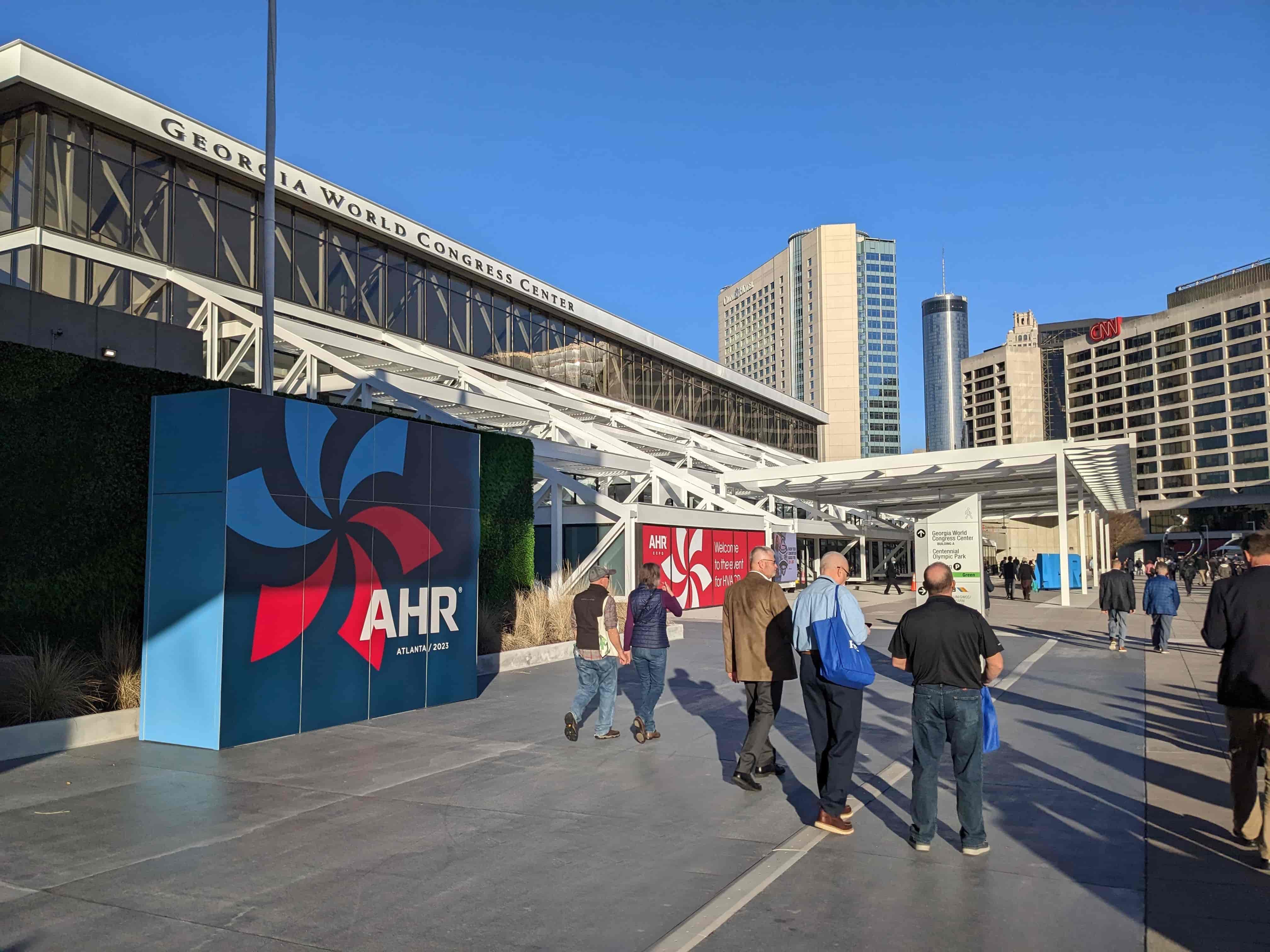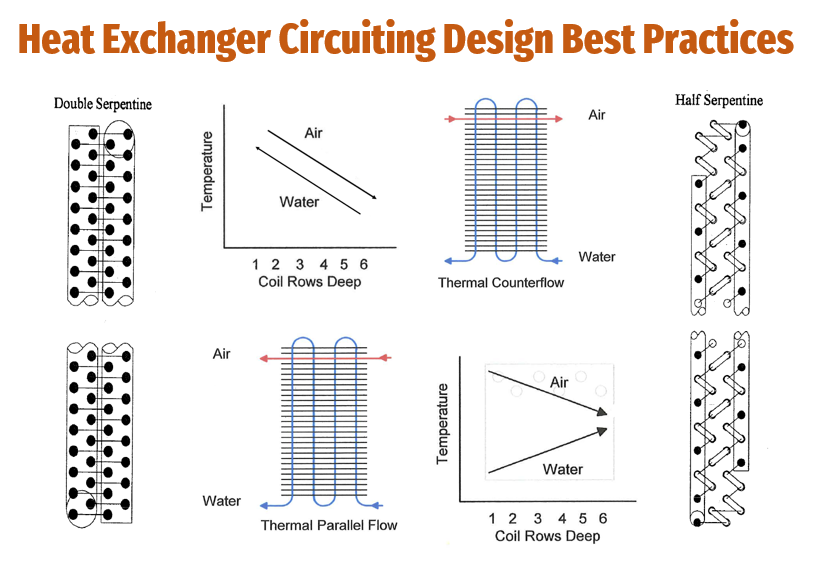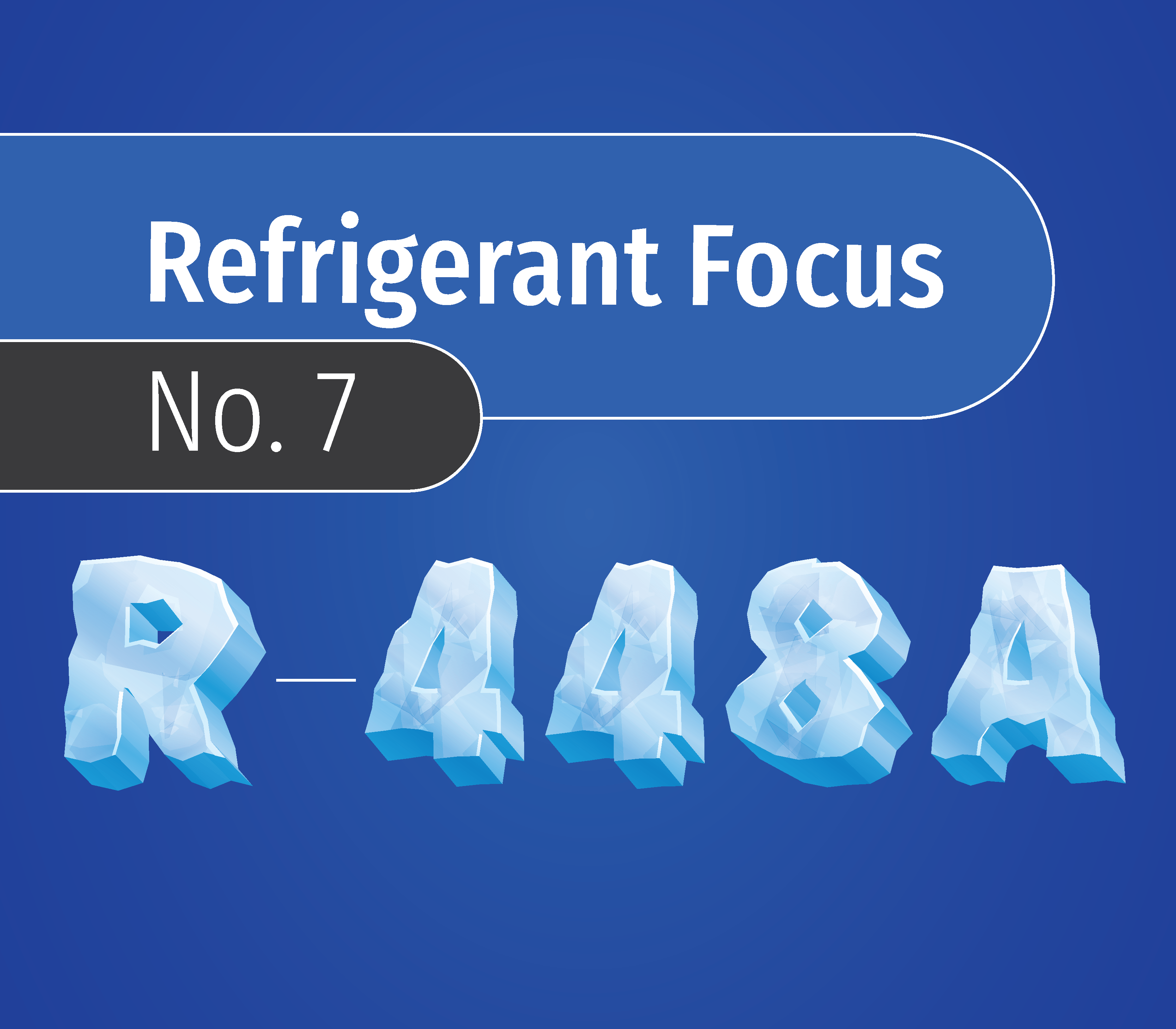Our recent podcast, Emerging and Potential HVAC-R Applications for CO2, explored some uses for CO2 in refrigeration and HVAC applications that we've been keeping our eye on and some that we think have the potential for widespread adoption in the industry. There are a number of applications that could eventually fit that description, and one of the reasons for that varied potential is the versatility of CO2 as a refrigerant. Listen to the clip below to hear what Ken Allen, SRC's Southeast Regional Sales Manager, has to say about CO2's applicability for multiple HVAC-R functions.


.png)

.png)

-min.png)





